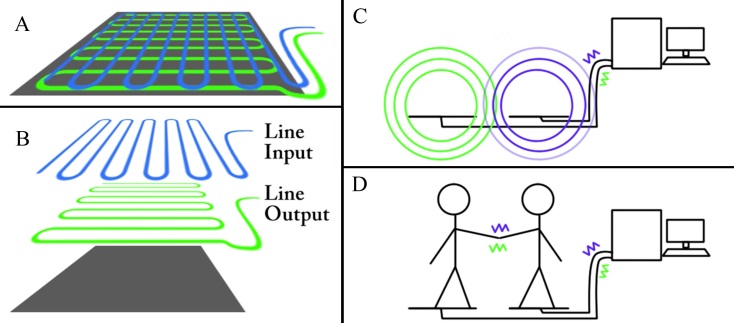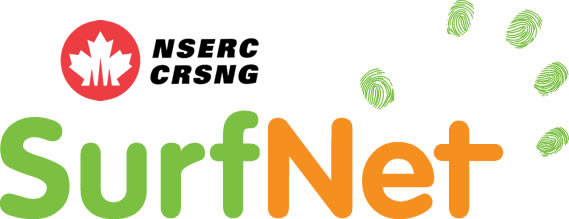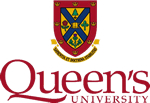Supporting Handoff Above the Table
Description
When people use tables in the real world, objects are often passed from one individual to another (e.g., “pass the salt” during a meal). This object passing is called ‘handoff’, and occurs in at least two main situations: when a desired object is out of reach but close to someone else, and when an object is within someone else’s personal territory. Handoff can be initiated by the giver (e.g., “I think you need this”) or the receiver (e.g., “May I have that please?”), and can also be performed with little to no verbal coordination (e.g., during the repetitive task of exchanging pieces at the end of a game). Handoffs occur for the same reasons in digital tabletops, but have traditionally been limited to surface-based interaction, where users transfer objects by sliding them on the table surface from one person to another.
Although surface-based handoff is a popular and simple technique, it can be slow and difficult in some cases. There are three main problems: friction, occlusion, and collisions. Because users’ fingers must be in contact with the surface throughout a surface-based handoff, handoff speed is reduced because of friction. Occlusion occurs when active objects pass over other active objects (e.g., two people’s objects intersect as they move them), and when other users’ arms block someone’s view of the table. Occlusion increases the time required to complete a handoff or causes the handoff to fail completely. Collisions occur because users must maintain contact with the table during handoff, and can therefore collide with other users’ arms as they interact with the table causing the handoff to fail. All three of these problems lead to longer completion times, coordination difficulties, and increased errors. In addition, the problem increases with the number of users at the table. Because handoff is a very common task in tabletop collaborative work, even small reductions in performance can have a substantial effect on the overall usability of the groupware system. A few techniques have been proposed to try and overcome some of the limitations of surface-based handoff (e.g., flicking or force fields); however, these do not solve all of the problems described above.
An alternate solution for the problem of tabletop handoff, and one that holds the potential to solve all of the problems discussed above, is to use the space above the table. Around real world tables, people naturally and easily overcome many of the limitations of surface-based handoff by utilizing the space above the table to perform handoffs. Using the space above the table has previously required expensive and complicated tracking – but recently, inexpensive 3D tracking technology has become available that makes it possible to consider using the space above the table.
In this project we are developing techniques for performing above-the-table handoff. Our goal is to provide a simple infrastructure that will enable designers to make use of a previously-unused area in the table environment (i.e., the space above the table). We have started development of two techniques for above-the-table handoff, that use two very different sensing technologies, and that provide complementary strengths to cover a wide range of use cases for table design. Both of these techniques use inexpensive, off-the-shelf components that do not require the user to wear cumbersome tracking devices. First, we are developing a new set of ‘force-field’ techniques in which people’s hands attract objects that are held out by others. We use the Kinect depth camera and the ‘KinectArms’ toolkit to determine arm positions above the table. Each arm is automatically surrounded with an attractive virtual force field, and handoff occurs when the distance between two hands comes within a pre-defined force-field range. The force-field techniques will allow users to carry out enhanced object transfer either using either 2D sliding (here the receiver’s hand would be above the table, and the object would be attracted from the surface to their hand, as the sender slides the object across the table), or using only the space above the table (here the receiver would ‘pick up’ the object and then the receiver and sender would move their hands toward each other to effect the transfer). These techniques are extensions of prior work that has been done on force-field effects, but these earlier techniques have not been evaluated or implemented for inexpensive sensing technologies.
Second, we are developing ElectroTouch – a physical-touch-based above-the-surface handoff technique that allows users to perform handoffs by simply touching each other. Using an actual physical touch above the table provides both a target for the handoff operation, and provides positive feedback that the handoff has occurred. ElectroTouch utilizes cheap, off-the-shelf components to measure the electromagnetic field disturbance that occurs when two individuals who are standing on specialized ‘antenna mats’ touch each other. We have built an initial prototype for this system in which the antenna mats are constructed using inexpensive twisted pair cable, and are energized and monitored using standard computer audio output and input ports. To perform handoff using ElectroTouch, the user that possesses the object simply needs to touch the user who wants the object. The fundamental premise of ElectroTouch – that people can naturally utilize touching to perform handoff – was distilled from a formative study of object handoff. We found that users intuitively switched to simple user-to-user touches (e.g., tapping fingers together) in order to perform handoffs as quickly and precisely as possible. Most users utilized this touch approach and did not find it socially awkward.
Images

Diagram of ElectroTouch system



